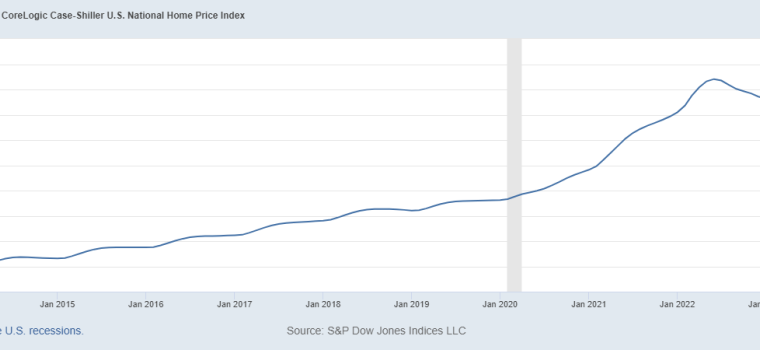Forbes recently shared some figures and expert opinions about the spring real estate market. While the market is strong, it is also choking out many potential buyers who simply cannot afford the current high prices found across the nation. Here are some of the biggest takeaways from the article relevant to house flipping in 2018:
- Housing affordability has declined 5% already this year and is expected to decline another 10-15% by the end of the year.
- A strong economy, a low housing inventory, and rising interest rates are the main factors pushing home prices up. According to one expert, the United States should have one to two million more housing units than it currently does in order to keep pace with population growth.
- Home prices have increased year-over-year for the last 24 months in a row.
- The average number of days on the market for homes in major metro areas is 60, which is down four days from last year. The market with the fewest days on the market is San Francisco at just 20 days.
This unique situation has had a few interesting effects on buyer and seller behavior. For example, in many cases Millennials and Baby Boomers are bidding on the same homes, which may be starter homes for Millennials and a chance to scale down for Boomers. Ever a fun-loving generation, many Baby Boomers look for similar amenities to younger generations – walkability, access to parks and restaurants, and proximity to major metropolitan areas.
Another interesting side effect is that many buyers currently expect to pay over asking price when buying a new home. In San Francisco, for example, 70% of homes sold in March 2018 went for above asking price.
It feels like we’ve been saying this for years now, but new construction should start to take some pressure off of the market by the end of the year. Most new construction is not single-family homes, however, but condos and apartments.
What does all of this mean for house flippers?
None of this is bad news, per se. While there are fewer buyers who can afford new homes right now, the ones who are looking are eager, because inventory is so low. That means that selling a flipped house shouldn’t present any new problems in this marketplace.
The biggest strain is – as it has been – on the front end of the flipping process. Finding underpriced homes to flip will get harder before it gets easier. House flippers with strong networks, access to house flipping loans, an online presence, and powerful direct mailer campaigns are likely to fair the best in the spring 2018 housing market.



